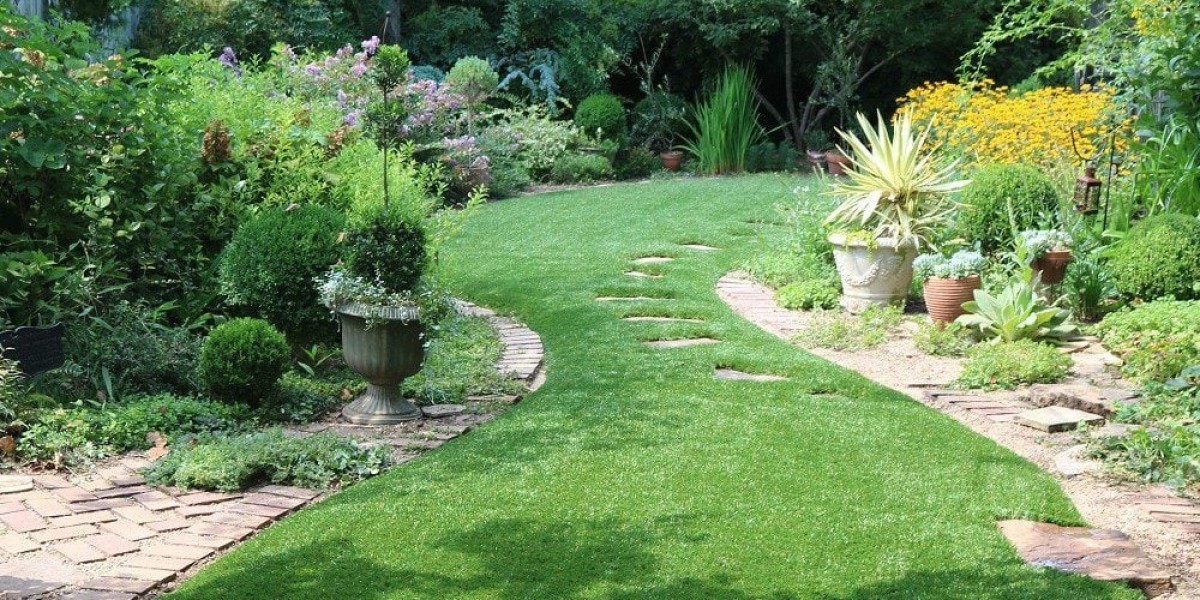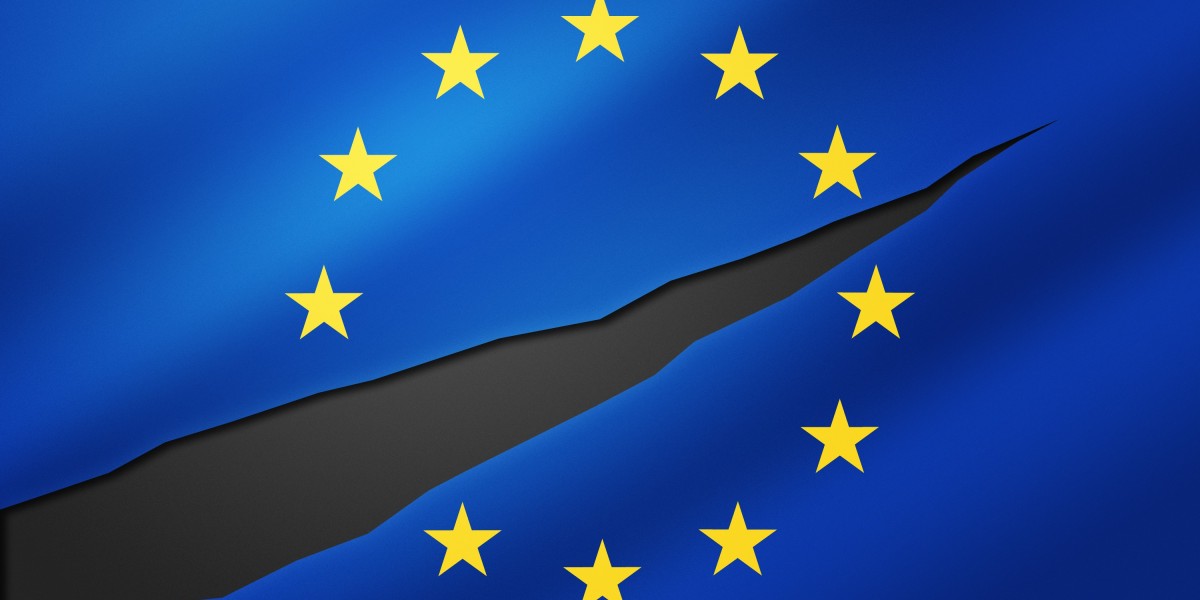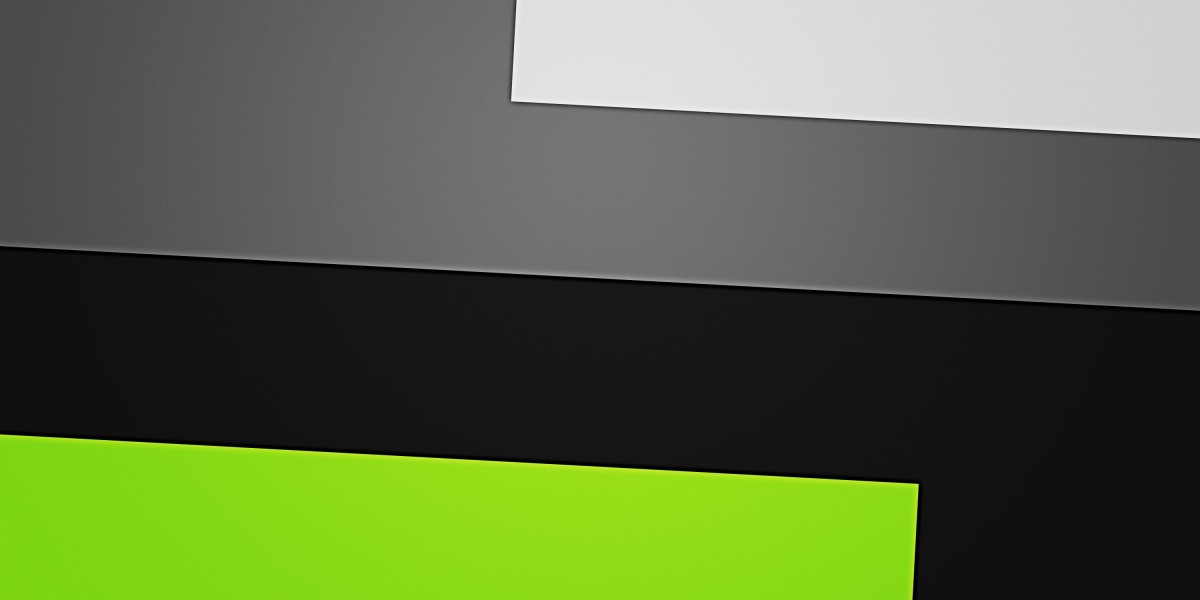Schools and playgrounds are spaces where children play, learn, and grow — and providing them with a safe, clean, and durable environment is essential. In recent years, artificial grass has emerged as a top choice for educational institutions, parks, and childcare centers looking to create low-maintenance, attractive, and safe outdoor play areas. Gone are the days when natural grass was the only option. Modern synthetic turf offers the look and feel of real grass with added benefits that make it ideal for active children and busy facilities.
In this article, we’ll explore why artificial grass is becoming the go-to surface for schools and playgrounds, its safety features, durability, and how it enhances playtime while reducing maintenance efforts.
1. Why Schools Are Choosing Artificial Grass
The growing popularity of artificial grass in schools and playgrounds stems from its many practical advantages. Traditional natural grass requires constant watering, mowing, fertilizing, and repair — especially in high-traffic areas. When children run, jump, and play daily, real grass can quickly wear out, leaving bald patches and muddy zones.
Artificial grass, on the other hand, offers a year-round green surface that withstands heavy use and requires minimal upkeep. Schools appreciate the long-term savings, consistent appearance, and improved safety features that modern synthetic turf provides.
Some key reasons schools make the switch include:
Reduced maintenance costs
Cleaner play areas (no mud or dirt)
All-weather usability
Enhanced safety cushioning
Long-lasting performance
2. Safety First: Protecting Children During Play
When it comes to children’s playgrounds, safety is the top priority — and artificial grass has proven to be one of the safest surfacing materials available.
Soft and Cushioned Surface:
Modern turf systems often include a shock-absorbing underlay or pad that cushions falls and reduces the risk of injuries. These layers are designed to meet international safety standards for playground surfacing, making artificial grass suitable even for areas under play equipment like swings and slides.
No Harmful Chemicals:
Unlike natural lawns that often rely on fertilizers, herbicides, and pesticides, artificial turf requires none of these chemicals. This makes it safer for children and pets who spend time outdoors.
Allergen-Free Environment:
Artificial grass also helps minimize allergy triggers like pollen and dust. For children prone to grass allergies or respiratory sensitivities, synthetic turf provides a comfortable, sneeze-free play experience.
Slip-Resistant Surface:
Even after rain, artificial turf drains efficiently and remains dry to the touch. Its non-slip surface prevents falls and accidents that commonly occur on wet natural grass.
3. Durability: Built to Last in Busy Play Areas
Playgrounds and school lawns experience heavy foot traffic daily. Natural grass simply cannot handle the wear and tear of hundreds of children playing every day without constant repair.
Artificial grass, however, is engineered for durability. The fibers are made from high-quality polyethylene or polypropylene materials that resist flattening and fraying. The backing system is designed for strong adhesion and effective drainage, ensuring the turf stays intact and performs well even under frequent use.
Modern synthetic turf products can last 10 to 15 years or more with proper care — making them a cost-effective investment for schools and community spaces.
4. Low Maintenance, High Rewards
One of the biggest advantages of installing artificial grass in schools is the minimal maintenance it requires. Groundskeepers no longer need to mow, water, reseed, or apply fertilizers, saving both time and money.
A simple routine of brushing the surface and removing debris is enough to keep it clean and presentable. Occasional rinsing with water can remove dust, while power brushing once in a while helps keep the blades upright and fresh.
For schools, this means fewer maintenance interruptions, lower operational costs, and more time for what really matters — providing a safe, enjoyable space for children.
5. All-Weather Play: No More Mud or Mess
Traditional playgrounds often become unusable after rain, turning into slippery, muddy areas that require days to dry out. Artificial turf eliminates this problem with its superior drainage systems.
Rainwater drains quickly through the turf’s porous backing, allowing children to play again shortly after a downpour. This ensures year-round usability — no more muddy shoes, grass stains, or closed-off playgrounds.
Even during the dry months, artificial grass retains its vibrant green color without needing constant watering, making it an ideal solution for drought-prone areas.
6. Environmentally Friendly Benefits
While it may seem counterintuitive, artificial grass can actually have environmental advantages over natural lawns when maintained responsibly.
Water Conservation: Artificial turf can save thousands of gallons of water annually — a major benefit for schools in regions facing drought or water restrictions.
Reduced Chemical Use: Since no pesticides, herbicides, or fertilizers are needed, the risk of chemical runoff into local waterways is minimized.
Recyclable Materials: Many modern turf systems are made using recyclable materials and designed for eco-friendly disposal at the end of their lifespan.
By choosing artificial grass, schools not only reduce maintenance costs but also contribute to sustainability goals and environmental awareness.
7. Versatile Applications for School Grounds
Artificial grass can be used in various parts of a school or playground setting:
Playgrounds and Recreational Areas: Provides a safe, cushioned surface for children to play on.
Sports Fields: Durable turf designed for football, soccer, or multi-sport use.
Courtyards and Outdoor Classrooms: Creates inviting spaces for outdoor learning and social interaction.
Pathways and Garden Borders: Adds greenery to walkways and common areas without the need for upkeep.
This versatility allows schools to enhance both functionality and aesthetics throughout their campuses.
8. Installation and Long-Term Value
Professional installation is key to maximizing the safety and longevity of artificial grass. The process involves preparing the ground, installing a proper drainage base, and securing the turf with precision.
While the initial cost of installation may be higher than planting natural grass, the long-term savings in maintenance, water, and repair expenses make artificial turf an economical choice.
Over its lifespan, the total cost of ownership for synthetic turf is often significantly lower than maintaining real grass — making it a smart financial decision for schools and municipalities alike.
9. Easy to Clean and Sanitize
Cleanliness is essential in schools and playgrounds, especially where children spend time daily. Artificial grass makes sanitation simple.
A quick rinse with water removes dust, while a mild disinfectant solution can be used to clean heavily used areas. Turf infill options like antimicrobial sand help prevent bacteria growth, ensuring the surface stays hygienic and safe.
This ease of cleaning makes artificial turf especially suitable for preschools, daycare centers, and play zones where hygiene is critical.
10. A Greener Future for Play Spaces
Artificial grass represents a step forward in creating safer, smarter, and more sustainable play environments. Its combination of durability, safety, and visual appeal has made it a preferred choice for schools and communities worldwide.
By providing a soft, green, and clean surface year-round, artificial turf encourages outdoor activity and physical play while reducing maintenance burdens. For educators and administrators, it’s an investment that delivers long-term value, safety, and peace of mind.
Conclusion
The evolution of artificial grass has transformed the way schools and playgrounds approach outdoor spaces. With superior safety features, long-lasting performance, and low maintenance requirements, it’s easy to see why more institutions are embracing synthetic turf as the ideal surface for active children.
Whether it’s for sports fields, playgrounds, or learning courtyards, artificial grass provides the perfect blend of practicality, comfort, and sustainability — ensuring that every child can play safely, rain or shine.
Verdigrass proudly serves San Jose, San Mateo, Los Altos, and Oakland, offering premium-quality artificial grass solutions designed for schools, playgrounds, and sports fields. Create safer, greener play spaces with Verdigrass — your trusted local turf expert.








